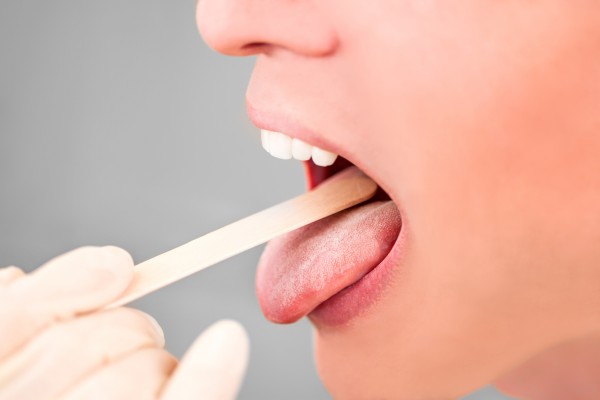Tongue diagnosis
Tongue diagnosis is a reliable form of diagnosis used for establishing basic clinical pictures. Tongue diagnosis has its origins in Chinese alternative medicine, which dates backs 3000 years, and has been verified by modern scientific studies. The following passages explain the diagnostic process with some examples.

The observation of the tongue, based on four main points
The tongue’s colour
shows where the body is hot (red) or cold (pale). If blood doesn’t flow properly (blood stasis) the tongue is violet.
The tongue’s form
provides indicators about how full or empty the body is.
A heavily swollen tongue indicates an accumulation of humidity, whilst a small tongue is caused by blood deficiency.
The tongue’s coating
A normal tongue has a thin, white coating. A thick coating indicates the presence of pathogenic factors. The thicker the coating, the more serious the pathogenic influence. The absence of natural coating indicates a substance deficiency.
Moisture/dryness
The degree of moisture on the tongue reveals the condition of bodily fluids.
Tongue diagnosis serves as the basis for acupuncture, herbal and dietary therapy.

